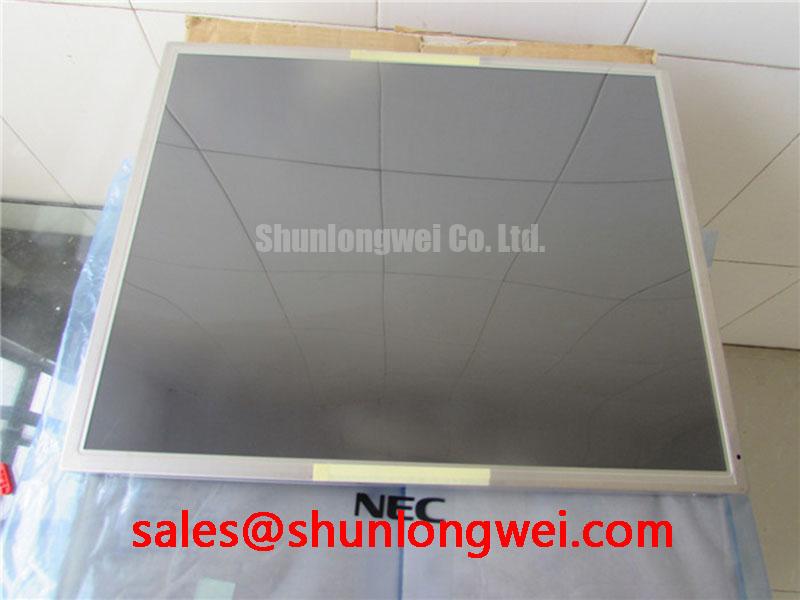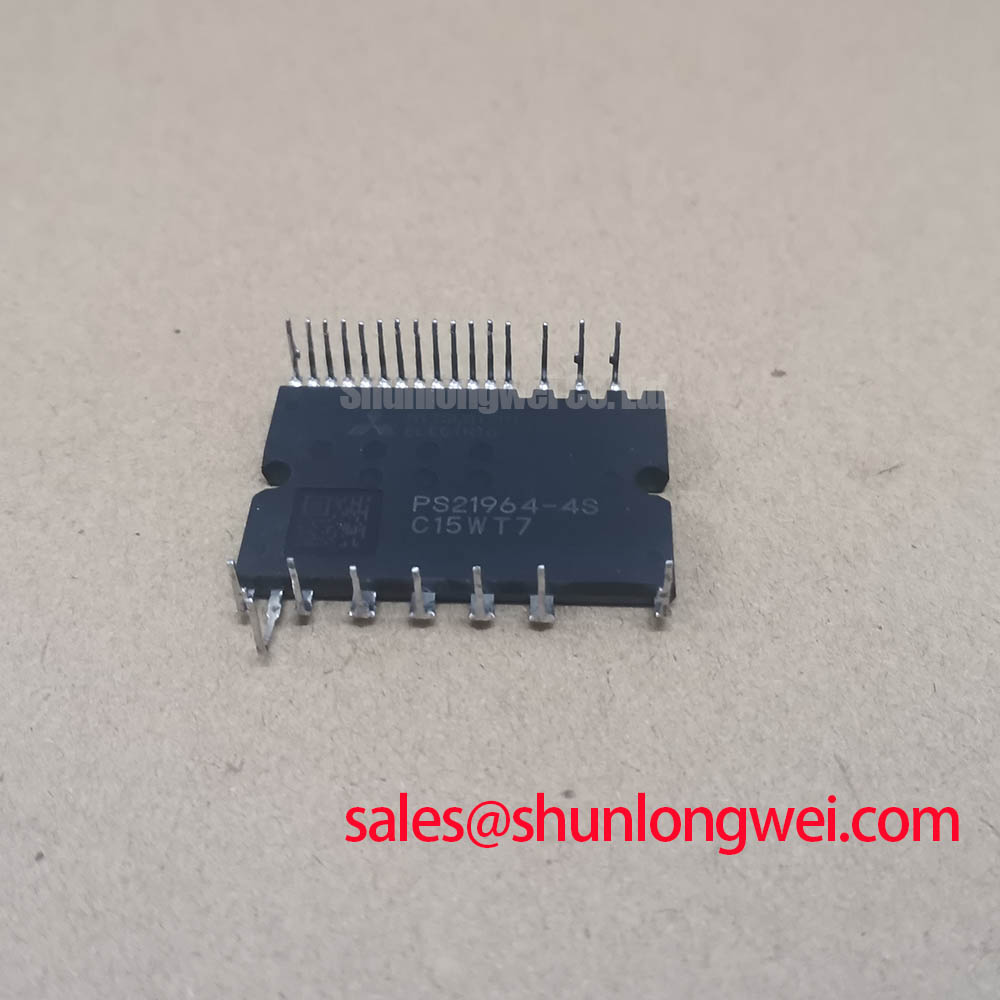LMG6381QHGE: 600V Integrated GaN Power Stage for High-Efficiency Power Conversion
An Engineering Overview of the GaN Power Stage
Content last revised on October 20, 2025.
The LMG6381QHGE is a GaN power stage that accelerates high-efficiency power converter design by integrating a driver, protection, and an adjustable slew rate to simplify layout and manage EMI. This device features a 600V | 70 mΩ | 25A specification, delivering key benefits of reduced parasitic inductance and enhanced system reliability. It directly addresses the engineering challenge of balancing switching speed against electromagnetic interference in modern power designs. For designers of high-density SMPS and solar inverters targeting >1 MHz switching, this integrated GaN stage is the optimal solution for balancing performance and EMI compliance.
Application Scenarios & Value
Driving Efficiency and Power Density in Next-Generation SMPS and Solar Applications
The LMG6381QHGE is engineered to resolve critical challenges in high-frequency power conversion. Its primary value is demonstrated in applications where maximizing power density and efficiency is paramount. Consider the design of a totem-pole Power Factor Correction (PFC) stage for a server power supply. A common engineering hurdle is managing the high-frequency switching noise (EMI) and the performance degradation caused by parasitic inductance between a discrete GaN FET and its driver.
The integrated architecture of the LMG6381QHGE directly mitigates this issue. By co-packaging the driver and GaN FET, the gate loop inductance is minimized, enabling cleaner, faster switching with less voltage overshoot and ringing. This integration simplifies the PCB layout, a critical factor in achieving high power density. Furthermore, the adjustable slew rate provides a powerful tool for EMI management. An engineer can tune the switching speed via a single external resistor to controllably reduce high-frequency emissions, potentially shrinking the size and cost of the required EMI filter design without a significant loss in efficiency. This level of control is crucial for meeting stringent industry standards like CISPR 32. For systems requiring a different on-state resistance or current handling, related components such as the LMG5271XUFC-D may offer alternative specifications.
What is the primary benefit of its integrated design? Minimized gate loop inductance for cleaner switching and higher power density.
Key Parameter Overview
Decoding the Specs for Optimal Switching Performance and EMI Control
The technical specifications of the LMG6381QHGE are tailored to facilitate robust, high-performance power system design. Each parameter contributes to the device's overall capability to deliver efficiency and reliability.
| Parameter | Value | Engineering Significance |
|---|---|---|
| Absolute Maximum Ratings | ||
| Drain-to-Source Voltage (VDS) | 600 V | Provides substantial margin for applications operating from 400V bus lines. |
| Continuous Drain Current, TC=25°C (ID) | 25 A | Defines the device's steady-state current handling capability under ideal thermal conditions. |
| Static Characteristics | ||
| Drain-to-Source On-Resistance (RDS(on)) | 70 mΩ (Typical) | A low RDS(on) is critical for minimizing conduction losses, directly boosting system efficiency. Think of it as the resistance of a pipe; a lower value means less energy is wasted as heat when current flows through. |
| Switching Characteristics | ||
| Total Gate Charge (QG) | 5.1 nC (Typical) | Low gate charge enables faster switching transitions and reduces the power required from the gate driver, improving light-load efficiency. |
| Reverse-Recovery Charge (Qrr) | ~0 C | The absence of a body diode in GaN technology eliminates reverse-recovery losses, a major source of inefficiency in silicon MOSFETs, especially in hard-switched topologies. |
| Integrated Protections | ||
| Protection Features | Overcurrent, Overtemperature, UVLO | On-chip protection enhances system robustness and can reduce the need for external monitoring and protection circuitry. |
Note: The parameters listed above are for reference and may vary. This table does not represent a complete list of specifications.
Download the LMG6381QHGE datasheet for detailed specifications and performance curves.
Technical Deep Dive
A Deeper Analysis of Slew Rate Control: The Key to Balancing Efficiency and EMI
A standout feature of the LMG6381QHGE is its user-adjustable slew rate, a critical tool for navigating the fundamental trade-off between switching efficiency and electromagnetic interference. This capability is managed through a single external resistor connected to the RDRV pin. By increasing the resistance, the gate drive current is reduced, slowing down the turn-on transition (dV/dt) of the GaN FET. This functionality provides a deterministic method to control high-frequency voltage ringing and radiated emissions.
Why is this control so valuable? Consider it analogous to adjusting the suspension of a high-performance vehicle. A stiff, track-ready suspension (fast slew rate) delivers maximum cornering speed (highest efficiency) on a perfectly smooth surface but creates a harsh, unstable ride on a bumpy road (generates significant EMI). Conversely, a softer suspension (slower slew rate) smooths out the bumps (reduces EMI) but sacrifices some ultimate performance (introduces more switching loss). The LMG6381QHGE empowers the design engineer to finely tune this "suspension" to match the specific requirements of their application, achieving EMI compliance without over-engineering the passive filters or sacrificing more efficiency than absolutely necessary. This feature is instrumental for accelerating the design cycle and achieving a more compact, cost-effective final product.
Engineering Q&A: Leveraging Integrated Features for Robust Design
How does the adjustable slew rate of the LMG6381QHGE impact EMI filter design?
By allowing designers to slow the switching edge (dV/dt), the slew rate control reduces the magnitude of high-frequency harmonics generated. This can lead to a smaller, lighter, and less expensive EMI filter, as the filter has less noise to suppress to meet regulatory standards like those from the FCC or CISPR.
What is the primary benefit of integrating the driver with the GaN FET in a single package?
The core benefit is the drastic reduction of parasitic inductance in the gate drive loop. This leads to faster, cleaner switching, minimizes voltage overshoot and ringing at the switch node, and simplifies PCB layout, all of which contribute to higher power density and improved overall performance. A deeper dive into this can be found in resources about power semiconductor selection.
For what reason is the reverse-recovery charge (Qrr) near zero, and what is its system-level impact?
Gallium Nitride (GaN) High-Electron-Mobility Transistors (HEMTs) are lateral devices that do not have an intrinsic anti-parallel body diode like traditional silicon MOSFETs. What is the effect of near-zero Qrr? It eliminates a major source of switching loss, enabling higher switching frequencies and improving efficiency in topologies like synchronous rectification and totem-pole PFC.
Design & Integration Support
For engineering teams evaluating the LMG6381QHGE for new or existing power designs, our role is to provide access to this component. We recommend consulting the official manufacturer's datasheet and application notes for comprehensive design guidelines, layout recommendations, and thermal management strategies to ensure optimal performance and long-term reliability in your specific application.

















